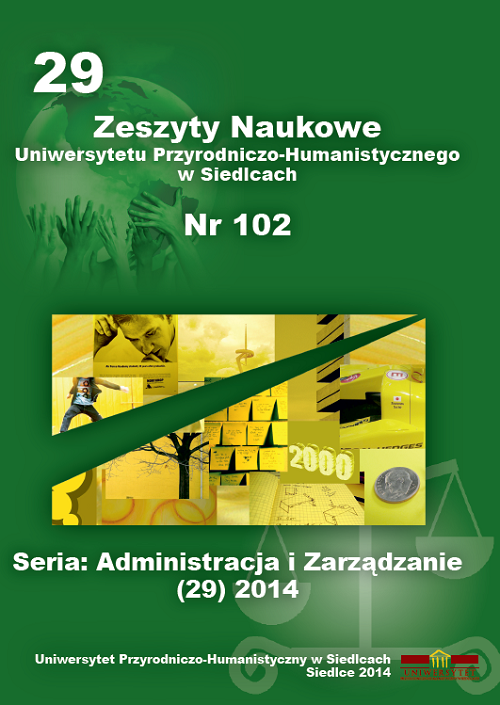Ocena przydatności biomasy różnych roślin na cele energetyczne
Evaluation of the usefulness of biomass of different crops for energy
Słowa kluczowe:
energy crops, biomass, energy value, renewable energyAbstrakt
Biomass energy is the most significant and least capital intensive Polish renewable energy source(RES). Its share in the use of renewable energy exceeds 98%. Biomassis considered to be better for the environment than burning fossil fuels, as the content of harmful elements in the biomassis lower, and the formation of the combustion of carbon dioxide is reduced by the recentabsorption of himgrowing plants. Currently, more and more often next perennial, are implemented on a one-year cycle of the speciesset, such as grass.The advantage of one-crop species is the possibility to maintain propercrop rotation, easier to adapt tomarket condition sand the use of their machinery, equipment and buildings, while the downside, lower than the energy efficiency compared to perennial crops. This article is a synthesis of data on the energy value of 17 different plants and especially many species belonging to the grass.




